Abstract
This paper will show how two companies, First Hydro Company and Michell
Bearings, undertook the development of a Polytetrafluoroethylene (PTFE) bearing for hydrogenerator applications. This type of bearing which uses PTFE on the sliding face is capable of operating over a range of loads and speeds which are considerably higher than those normally associated with babbitt. The work commenced with a series of investigations and trials on a set of small scale PTFE faced thrust pads. The series of pilot tests on the contractor’s test bed was followed by the design of a set of PTFE bearings for a unit in Ffestiniog Pumped Storage Power Station, North Wales, UK. Manufacture and installation were successfully carried out in 1996 and to date the bearing is operating successfully with no signs of wear. Development has now moved to the production of an advanced test rig which will allow the full scale testing of a set of PTFE spring mattress thrust pads that will eventually be installed in one of the six 313 MW machines at Dinotwig Pumped Storage Power Station, a/so in North Wales, in 1998. The paper is an illustration of close co-operation between contractor and end user working together on the development of a new type of hydrogenerator bearing technology.
Introduction
Most hydrogenerator thrust bearings employ babbitt (whitemetal} as the working surface for the bearing and this has remained the world’s preferred choice as the facing material for most heavy duty hydrodynamic bearing applications. The strengths and weaknesses of the material are well known. In particular, babbitt provides a dimensionally stable surface which is easily repaired or replaced. The material is forgiving in the sense of being able to absorb into its surface hard bits of detritus without causing further damage. On the other hand babbitt has a relatively low melting point which imposes an upper limit on its operating temperature. If this temperature is exceeded, catastrophic failure of the bearing is likely to ensue within a very short period of time. The effect of the babbitt temperature limit is to restrict the maximum duty (expressed as a combination of speed and load) permissible in any particular bearing. As a further consideration, it can be noted that the main constituent of babbitt is tin, an expensive commodity which has often been in limited availability in many parts of the world.
According to engineers in both the former Soviet Union and China, babbitted bearings operated well until pressure to increase generating capacity caused duties to increase, and this led in turn to a series of bearing failures. Coupled to this were associated failures of the high pressure oil lubrication (jacking) system used to stop and start the machines. As a consequence of the problems in both these countries PTFE is now being used widely in hydrogenerator bearing design as the facing material. However very few developments have taken place in the west using PTFE.
ACCESS FULL
PAPER
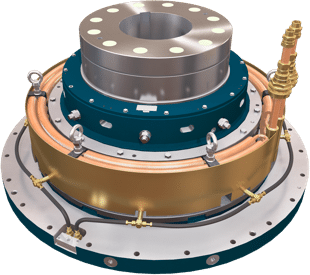 Vertical Bearings
Vertical Bearings
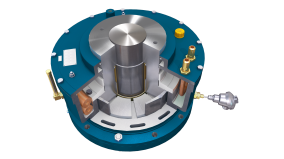



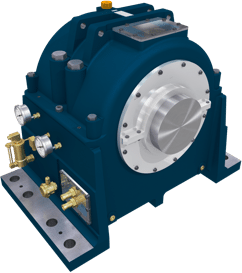 Horizontal Bearings
Horizontal Bearings
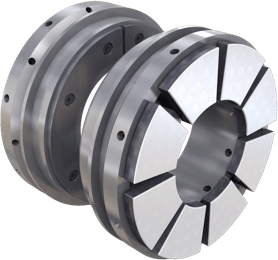 Tilting Pad Bearings
Tilting Pad Bearings
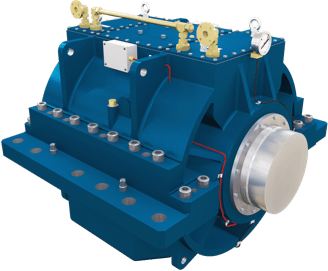 Marine Bearings
Marine Bearings
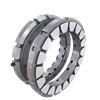


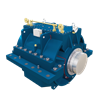
 PTFE Bearings
PTFE Bearings PEEK Bearings
PEEK Bearings


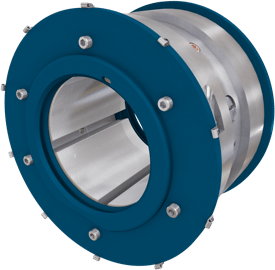 Journal Bearings
Journal Bearings
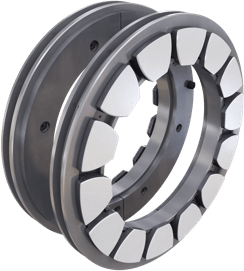 Thrust Bearings
Thrust Bearings

